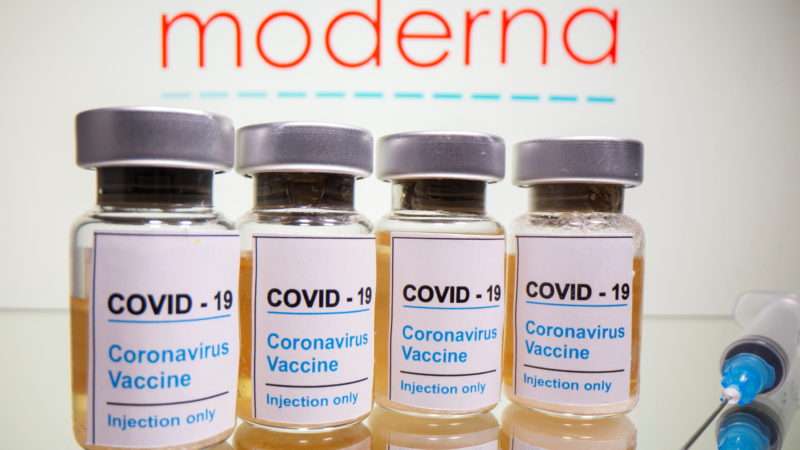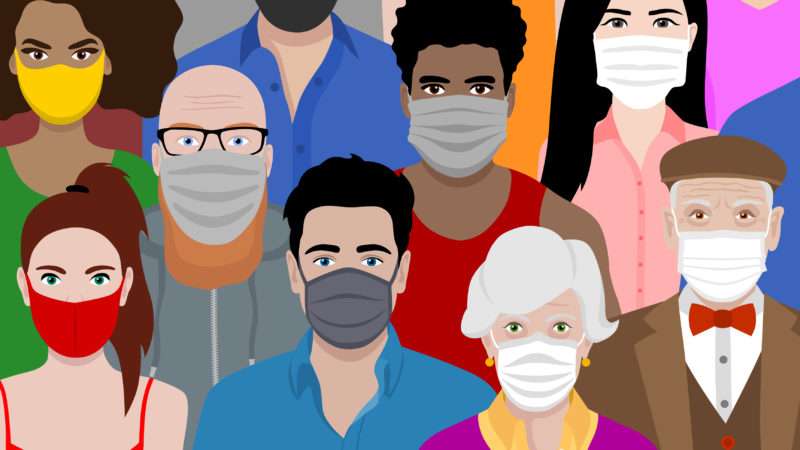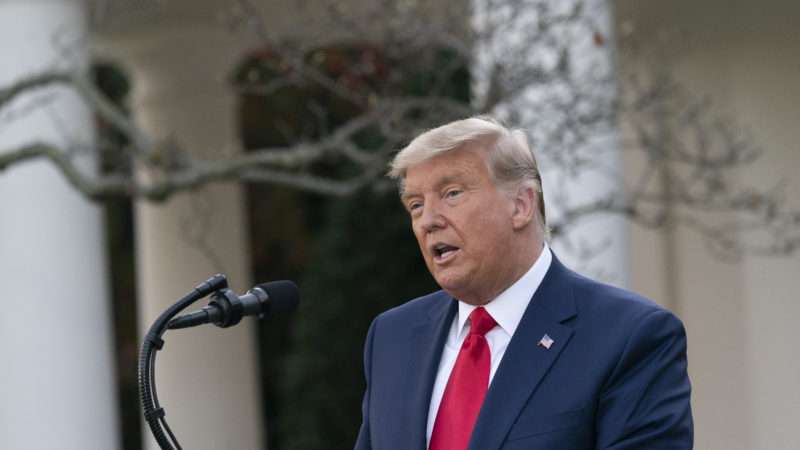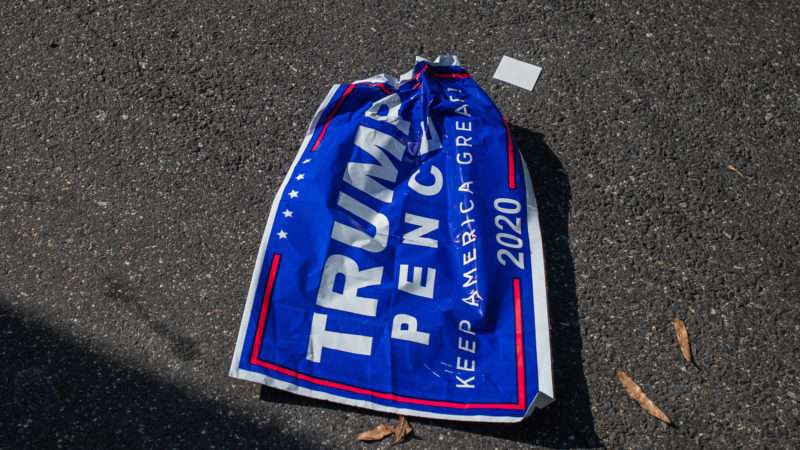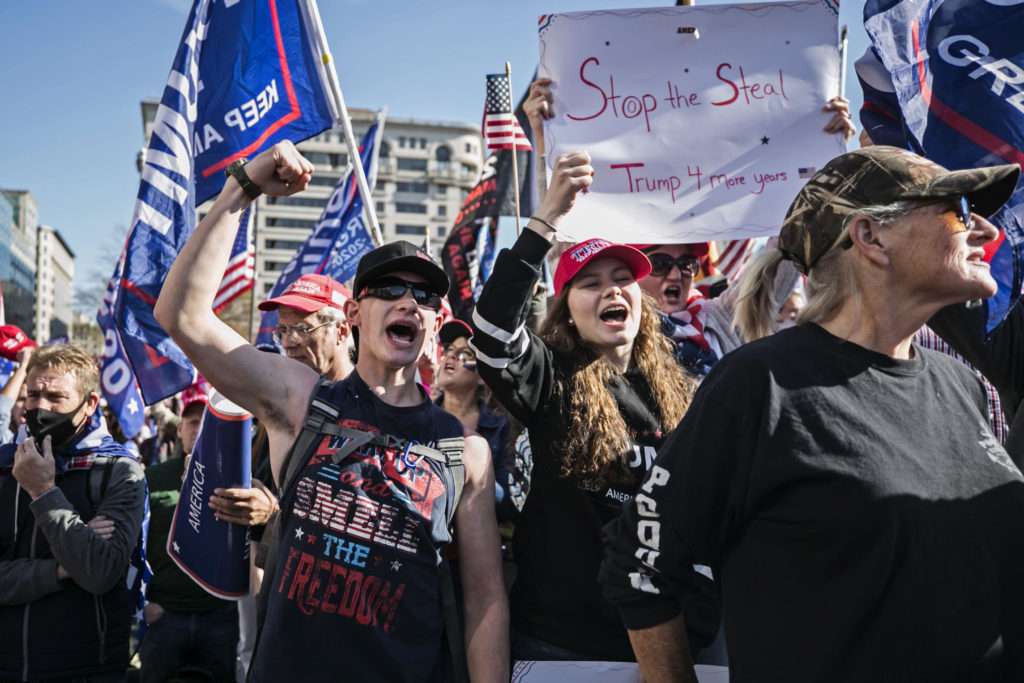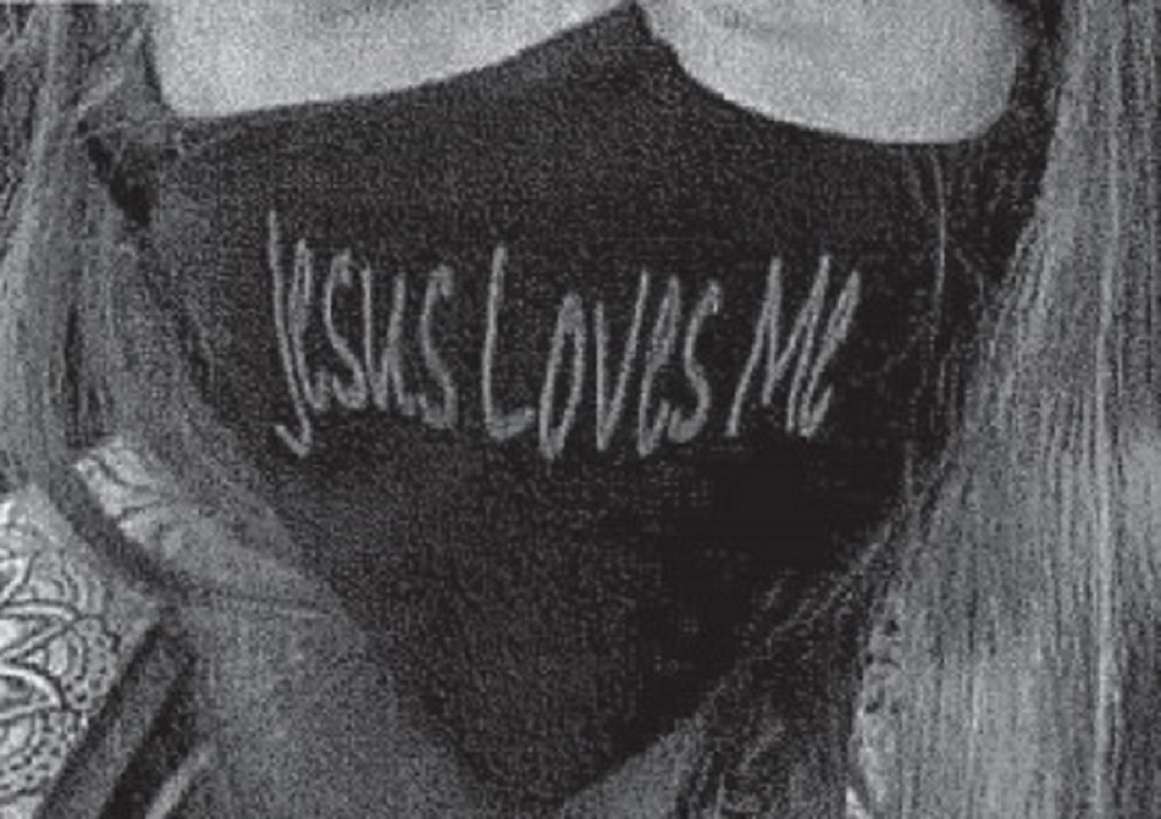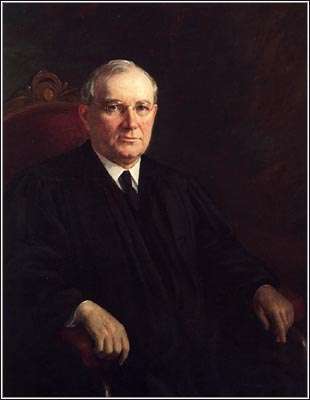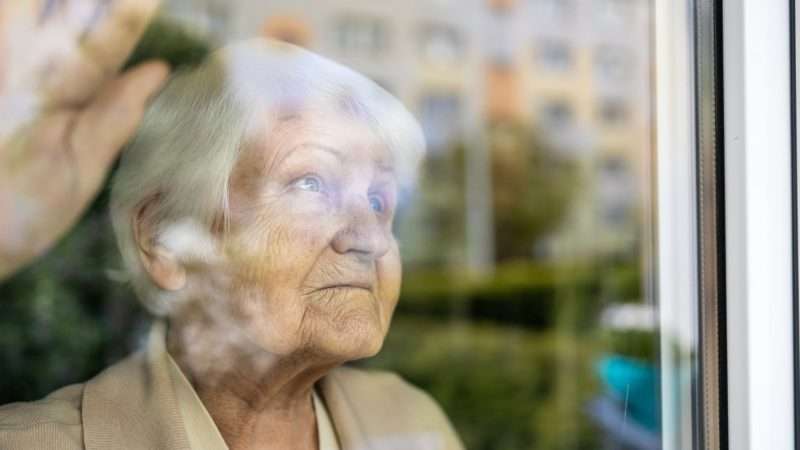Surely it is reasonable to expect people who know they are infected with COVID-19 to isolate themselves so they won’t risk infecting others. But pre-symptomatic and asymptomatic people can unknowingly infect people too, wandering about in what amounts to an open-access health commons. Libertarians usually choose to enclose a commons by assigning property rights, so that owners can bear both the benefits and the costs of ownership. Alas, there isn’t an obvious way to erect a fence preventing infected people from causing harm to non-consenting others.
But what about wearing a mask? Is that an enclosure that will work?
At the beginning of the pandemic, several research groups produced initial assessments of masks’ efficacy in blunting the community transmission of the coronavirus. Most agreed that the available evidence either for masks or against them was of pretty poor quality.
For example, an April 2020 National Academies of Sciences, Engineering, and Medicine report on fabric masks’ effectiveness noted that “there are no studies of individuals wearing homemade fabric masks in the course of their typical activities” and added that “the current level of benefit, if any, is not possible to assess.”
Over the succeeding months, fortunately, more studies and analyses have been conducted. The general conclusion is that the widespread adoption of facial coverings in indoor and outdoor crowded spaces does help slow community transmission of COVID-19. As a result, the Centers for Disease Control and Prevention (CDC) updated its guidance last week to encourage facial coverings in community settings.
Initially, the recommendation to wear facial coverings was largely about “source control”—that is, preventing infected people from transmitting their microbes to non-consenting others. The latest CDC guidelines cited studies that suggest face masks can also protect their wearers by reducing their exposure to viral particles.
Let’s review some of the evidence behind the CDC’s recommendations.
Experimental Evidence
A May article in Clinical Infectious Diseases reported a study in which two groups of hamsters were partitioned by surgical masking material. The healthy hamsters were separated from hamsters infected with COVID-19, with the researchers allowing unidirectional airflow from the infected group to the uninfected group. Two-thirds of the unprotected group became infected, whereas only 17 percent of those protected by surgical masks did. And the hamsters in the protected group that did become infected had milder symptoms and lower viral loads than those in the unprotected group.
In April, a team of researchers tested cloth masks made of varying materials, including cotton, silk, chiffon, flannel, various synthetics, and combinations thereof. “Overall, we find that combinations of various commonly available fabrics used in cloth masks can potentially provide significant protection against the transmission of aerosol particles,” they reported in the journal ACS Nano. In June, the journal Physics of Fluids described the results of tests on various facial coverings, including bandanas, folded handkerchief masks, stitched cotton masks, and masks commonly available at pharmacies. All of them significantly impeded the flow of droplets, with bandanas being the least effective and stitched cotton masks the most effective.
In August, some Duke scientists used a laser setup to compare the number of respiratory droplets transmitted through various masks over time while someone was speaking. Surgical masks were fairly effective at reducing respiratory droplets, while the bandanas and neck gaiters they tested were not. (To the researchers’ dismay, some media outlets misreported that neck gaiters were actually worse than no masks at all.) A subsequent study at Virginia Tech found that neck gaiters were about as effective as other cloth masks at blocking aerosols.
In August, another study reported the results from 94 experiment runs with combinations of eight different fabrics, five mask designs, and airflows to simulate both talking and coughing. The researchers noted that “facial coverings or masks can significantly reduce the airborne dispersion of aerosolized particles from exhalation.” As a result, “wearing masks when coupled with social distance can decrease the potentially inhaled dose of SARS-CoV-2 aerosols or droplets especially where infectious contaminants may exist in shared air spaces.”
A September article in Scientific Reports compared the efficacy of N95 masks, surgical masks, cloth masks, and paper masks. The cotton cloth masks shed small cellulosic fibers, making it difficult to completely evaluate their efficacy in blocking expiratory particles. Nonetheless, they concluded that for the four kinds of masks tested, “our results strongly imply that mask wearing will reduce emission of virus-laden aerosols and droplets associated with expiratory activities.”
In a study published in October by the journal Extreme Mechanics Letters, researchers tested masks made of 11 common household fabrics, comparing their efficacy with that of medical masks. The researchers found that “most fabrics have substantial blocking efficiency” and that “cloth face coverings, especially with multiple layers, may help reduce droplet transmission of respiratory infections.”
Community Evidence
So the experimental evidence suggests that facial coverings do significantly prevent infected people from spreading the coronavirus. Does that mean that mask-wearing offers community-wide protection against infection?
One way to find out would be to run randomized control trials (RCTs) in which half of a community wears masks and half doesn’t.
Several teams of researchers had already tried to run RCTs with two groups of pilgrims participating in the Hajj journey to Mecca, giving one group surgical masks and keeping the control group unmasked. After the pilgrimage, researchers would then check the groups for respiratory infections. A pilot study conducted in 2011 found that 31 percent of the masked group exhibited respiratory symptoms, whereas 53 percent of the unmasked group did. But laboratory testing could find no difference between the groups. A similar, more recent Hajj RCT found that face mask use did “not seem to be effective against laboratory-confirmed viral respiratory infections.” The researchers cautioned that their “trial was unable to provide conclusive evidence on facemask efficacy against viral respiratory infections most likely due to poor adherence to protocol.”
An RCT conducted in 2015 among health care workers in Vietnam has led to some confusion about what the results actually showed. In that study, the control group wore regular medical masks while the experimental group wore cloth masks. The researchers found that over the course of the trial, laboratory tests confirmed respiratory viral infections in 0.7 percent of those wearing medical masks versus 2.3 percent among those with cloth masks. Cloth masks clearly were not as effective as regular masks, but the trial is silent on how much protection cloth masks offer compared to not wearing a mask.
An August meta-analysis of existing RCTs made a strong effort to take participant noncompliance into account. It “found support for the efficacy of face masks among the general public,” concluding that “face masks protect populations from infections.” A 2017 CDC report on preventing pandemic influenza reported similar evidence that the community use of face masks might help stem an outbreak.
Research in the June Health Affairs compared when 15 states implemented community face mask mandates early in the pandemic; it found that “states mandating the use of face masks in public had a greater decline in daily COVID-19 growth rates after issuing these mandates compared with states that did not issue mandates.” A similar October study by Canadian researchers looked at mask mandates in 34 public health regions in Ontario. In “the first few weeks after implementation,” it reported, “mask mandates are associated with a reduction of 25 percent in the weekly number of new COVID-19 cases.”
In a July review of the efficacy of facial coverings, an international research team concluded that the “near-universal adoption of non-medical masks when out in public” could—”in combination with complementary public health measures”—reduce the rate of viral infections.
A summer meta-analysis of 21 studies in Travel Medicine and Infectious Disease “showed the general efficacy of masks in preventing the transmission of [respiratory viral infections].” The authors added that “such protective effects of masking are evidentiary for both healthcare and non-healthcare workers.”
An October analysis by some European researchers was a bit more cautious about the efficacy of facial coverings. “There is limited direct evidence of low certainty based on seven observational studies conducted during the COVID-19 pandemic that wearing face masks reduces the risk of transmission of [the coronavirus] in community settings,” it concluded.
In an October 27 report, a group of Vanderbilt researchers compared the number of COVID-19 hospitalizations in Tennessee jurisdictions with mask mandates to those without. They noted that COVID-19 diagnoses were rising in Tennessee, as in most of the rest of the country. But “hospitals that predominantly serve patients from areas without masking requirements continue to see the highest rate of growth in [COVID-19] hospitalizations.” They further noted that “areas with virus mitigation strategies—including but not limited to masking requirements—have seen lower growth in hospitalizations since the summer months.”
Other Possible Effects
As noted, the main goal of wearing facial coverings is to prevent infected people from inadvertently transmitting viruses to uninfected people. Researchers now think that viral spread from asymptomatic and pre-symptomatic people may account for more than 50 percent of transmissions in COVID-19 outbreaks. Yet some recent research indicates that masks can also protect their wearers from infection by filtering out virus particles that they might otherwise breathe in.
Variolation was the practice of inoculating an uninfected person with a small dose of the smallpox virus with the hope of inducing a mild infection, resulting in future protection against the virus. Some researchers think community use of facial coverings may result in an inadvertent version of COVID-19 variolation. Noting that masks do not perfectly protect their wearers from infection, an October study suggested that mask wearers tend to receive a lower dose of the virus and consequently experience a milder infection. An October 29 article in The New England Journal of Medicine cited several studies suggesting that lower doses of the COVID-19 virus produce less severe—in fact, often asymptomatic—cases of the disease. But many researchers disagree that variolation can occur with COVID-19 infections.
Mask Mandates?
President-elect Joe Biden plans to urge governors and mayors to adopt mask mandates in order to help mitigate the rising number of COVID-19 cases. A number of Republican governors have already rejected that proposal. But setting mandates aside and just looking at Americans’ behavior, an October HealthDay/Harris poll reports that “more than nine in 10 U.S. adults (93%) said they sometimes, often or always wear a mask or face covering when they leave their home and are unable to socially distance, including more than seven in 10 (72%) who said they always do so.” That’s up from 90 percent in a poll in August.
Most Americans have heard and are heeding the message that facial coverings can help mitigate the pandemic. So if most of us are wearing masks, why is the daily toll of COVID-19 cases and hospitalizations now surging to record-breaking levels?
Masks are not panaceas. Wearing them helps to slow the spread of the coronavirus, but it will not by itself stop or reverse the pandemic. People need to take other measures to protect themselves and others from infection, including social distancing and consistent hygiene. Over the past few months, COVID-19 fatigue has led many Americans (myself included) to widen our social circles and spend some nights out, opening us up to a greater risk of infection. Colder weather is also crowding us together indoors, making it easier for the virus to jump from person to person.
As free and responsible individuals, we should want to avoid causing harm to other non-consenting people. The evidence shows that masks work. Please wear them.
from Latest – Reason.com https://ift.tt/3pGWpYX
via IFTTT
